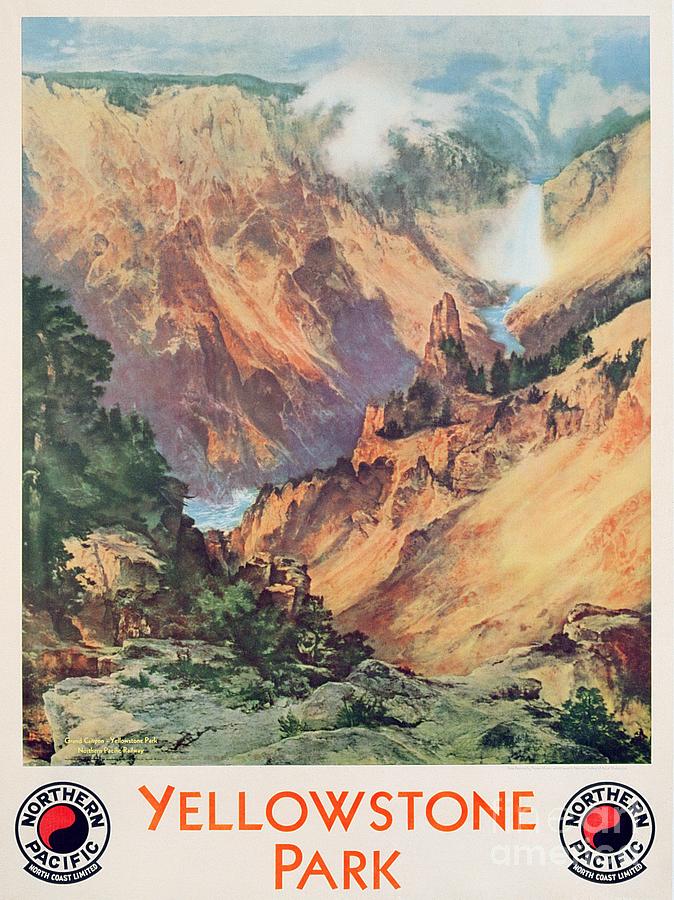Ecology and Prosperity in the Greater Yellowstone Ecosystem
By: Jerry Johnson, D.A. John A. Baden, Ph.D.Posted on July 20, 2017 FREE Insights
FREE's work on Yellowstone, the world's first national park, links ecology, liberty and prosperity. This summer we are engaged with MSU professor Jerry Johnson on a new project, Ecology and Prosperity in the Greater Yellowstone Ecosystem. We are exploring how sustainable, largely natural ecosystems, have become engines of prosperity.
This is mainly because amenity rich areas are magnets for high human capital. When talented people are wealthy or have the prospect of becoming so, they have many options. Some exercise them to locate in environmentally rich rather than urban areas. The Greater Yellowstone Ecosystem exemplifies this worldwide tendency. This is the context of our project.
The home territory of Westerners includes both private and public lands. These "romance lands" include parks, wilderness, wild lands and waters, ranches, timber lands, and high bare rocks covered by ice and snow most of the year. They provide the context and complement the substance of our lives. For some of us, farmers, loggers, miners and ranchers, they also define our cultural heritage. Today these lands and the wildlife they contain are unambiguously linked to our prosperity--but not through traditional modes of resource development.
While agriculture remains important and ranches romantic, the earlier model of wealth creation is antique, obsolete, and dysfunctional. In the Rocky Mountain West these traditional models of economic prosperity no longer apply. Why? Partially because our romance lands are magnets for people possessing high human capital. These paintings by Thomas Moran in 1871, critical to the creation of Yellowstone National Park in 1872, suggest why.

Thus, environmental amenities have become engines of prosperity while the cost of distance has evaporated. Concurrently, for many people with options, the costs of living in large urban areas grow ever greater. These individuals may come with wealth and they often create it after arriving. Also, they generally understand how systems work. When an environmentally attractive area is culturally rich and has good transportation and medical care a virtuous cycle naturally follows. In those blessed sites, mature individuals no longer arrive to log, mine, or build dams. Instead, they are attracted the ideal of ecological sustainability while living in bucolic sophistication.
In the American West prosperity is as complex as our landscape but surely any definition includes adequate monetary wealth, a clean and healthy environment, and a social life that encourages meaningful relationships. FREE has long identified responsible liberty, sustainable ecology and modest prosperity as conditions fostering conservation of our landscapes and natural resources.

We are planning a policy salon to explore that confluence via the conservation of the Yellowstone Grizzly bear and reintroduction of the wolf. We ask you to join us in exploring how enlightened policy helped produce the prosperity we enjoy in the GYE. The railroads were prescient in their support of our National Parks system. The story needs telling and we welcome your Insights and encourage you to share ours.
Many thanks to Sam Bittner for your contributions to this Insight and the GYE project.

